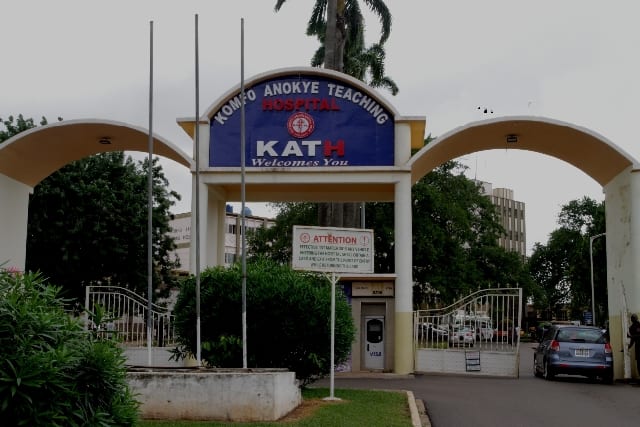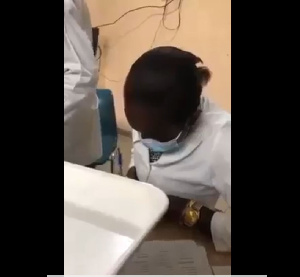Marburg Virus Disease: Ghana records two deaths

At least two persons have been confirmed dead from the Marburg Virus Disease.
The Institut Pasteur in Dakar, Senegal received samples from each of the two patients from the southern Ashanti region of Ghana – both deceased and unrelated – who showed symptoms including diarrhoea, fever, nausea and vomiting.
The laboratory corroborated the results from the Noguchi Memorial Institute for Medical Research, which suggested their illness was due to the Marburg virus. One case was a 26-year-old male who checked into a hospital on 26 June 2022 and died on 27 June. The second case was a 51 -year-old male who reported to the hospital on 28 June and died on the same day. Both cases sought treatment at the same hospital within days of each other.
“The disease was suspected following the identification of two persons who met the case definition for an Acute Haemorrhagic Fever and reported in Adansi North District of Ashanti Region,” the GHS said in a statement.
Meanwhile, the statement said 98 people are now under quarantine and being monitored by the Ashanti and Savannah Regional Health Directorates of the Ghana Health Service.
The Marburg Virus Disease is a highly infectious disease in the same family as the virus that causes Ebola.
It is only the second time the zoonotic disease has been detected in West Africa. Guinea confirmed a single case in an outbreak that was declared over on September 16, 2021, five weeks after the initial case was detected.
Previous outbreaks and sporadic cases of Marburg in Africa have been reported in Angola, the Democratic Republic of the Congo, Kenya, South Africa and Uganda. The WHO has reached placed neighbouring high-risk countries on alert.
About Marburg
Marburg is a highly infectious viral haemorrhagic fever in the same family as the more well-known Ebola virus disease.
Marburg is transmitted to people from fruit bats and spreads among humans through direct contact with the bodily fluids of infected people, surfaces and materials. Illness begins abruptly, with high fever, severe headache and malaise.
Many patients develop severe haemorrhagic signs within seven days. Case fatality rates have varied from 24% to 88% in past outbreaks depending on virus strain and the quality of case management. Although there are no vaccines or antiviral treatments approved to treat the virus, supportive care – rehydration with oral or intravenous fluids – and treatment of specific symptoms, improves survival.
CLICK HERE TO DOWNLOAD PRESS RADIO MOBILE APP

A range of potential treatments, including blood products, immune therapies and drug therapies, as well as candidate vaccines with phase 1 data are being evaluated.
Source: Kasapafmonline.com/Additional files from Graphic





